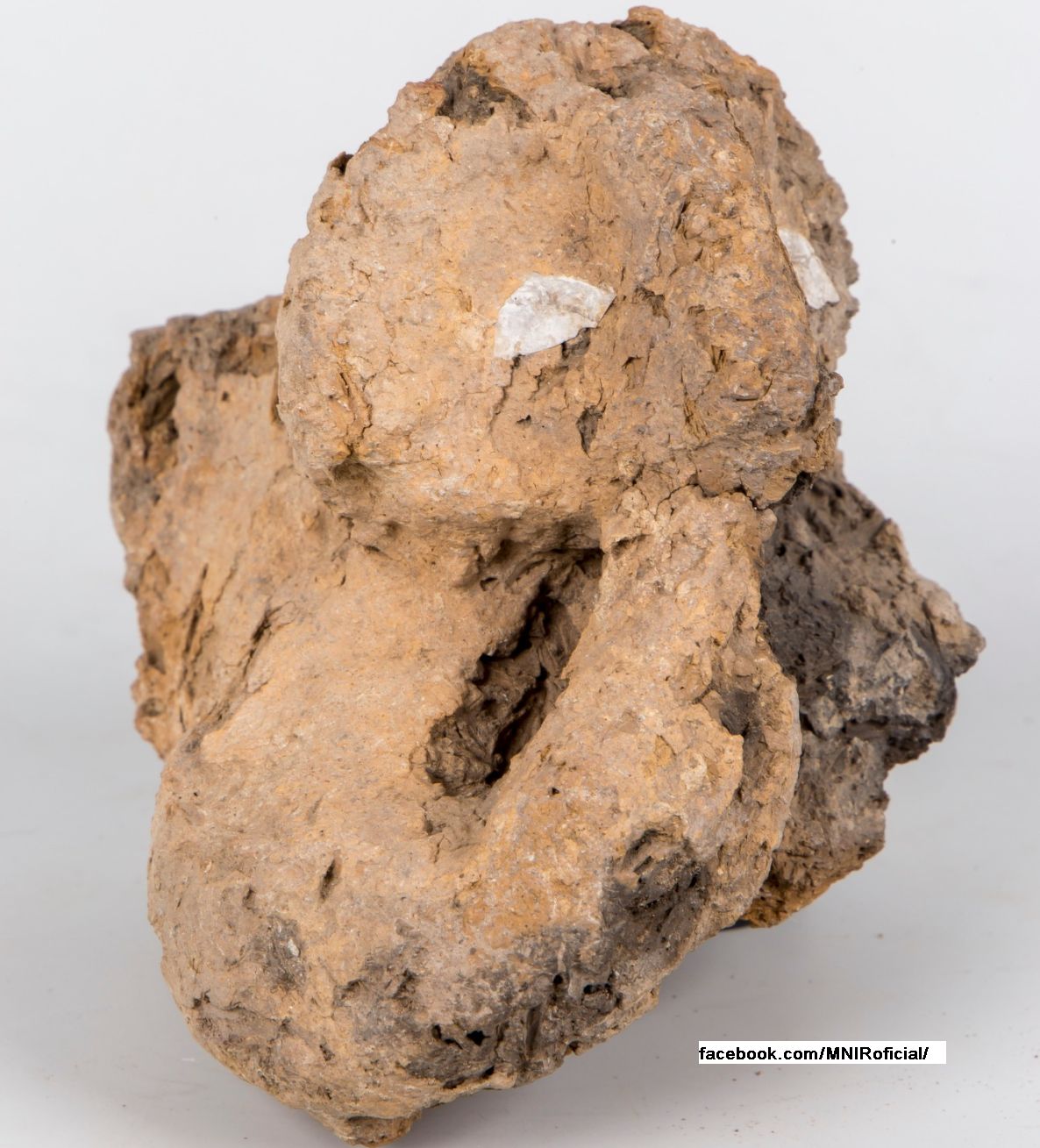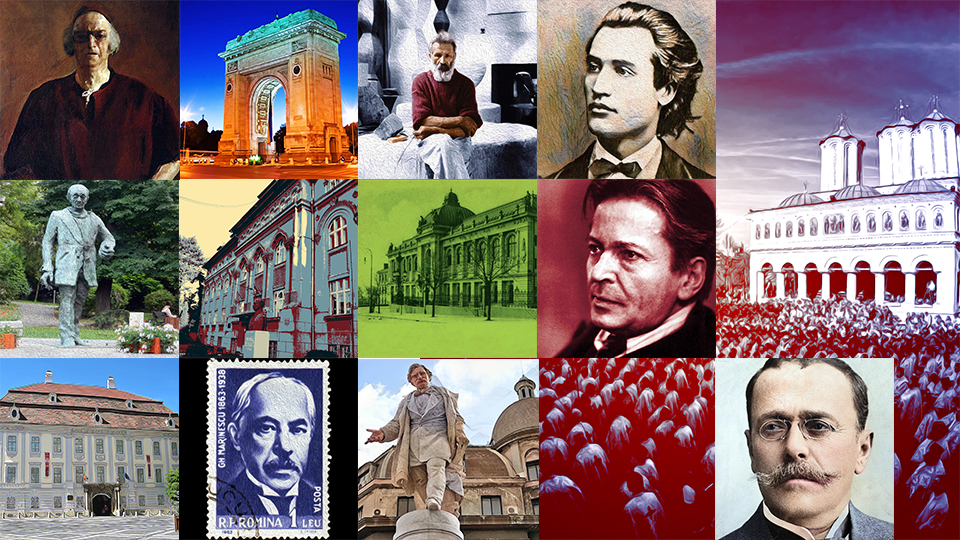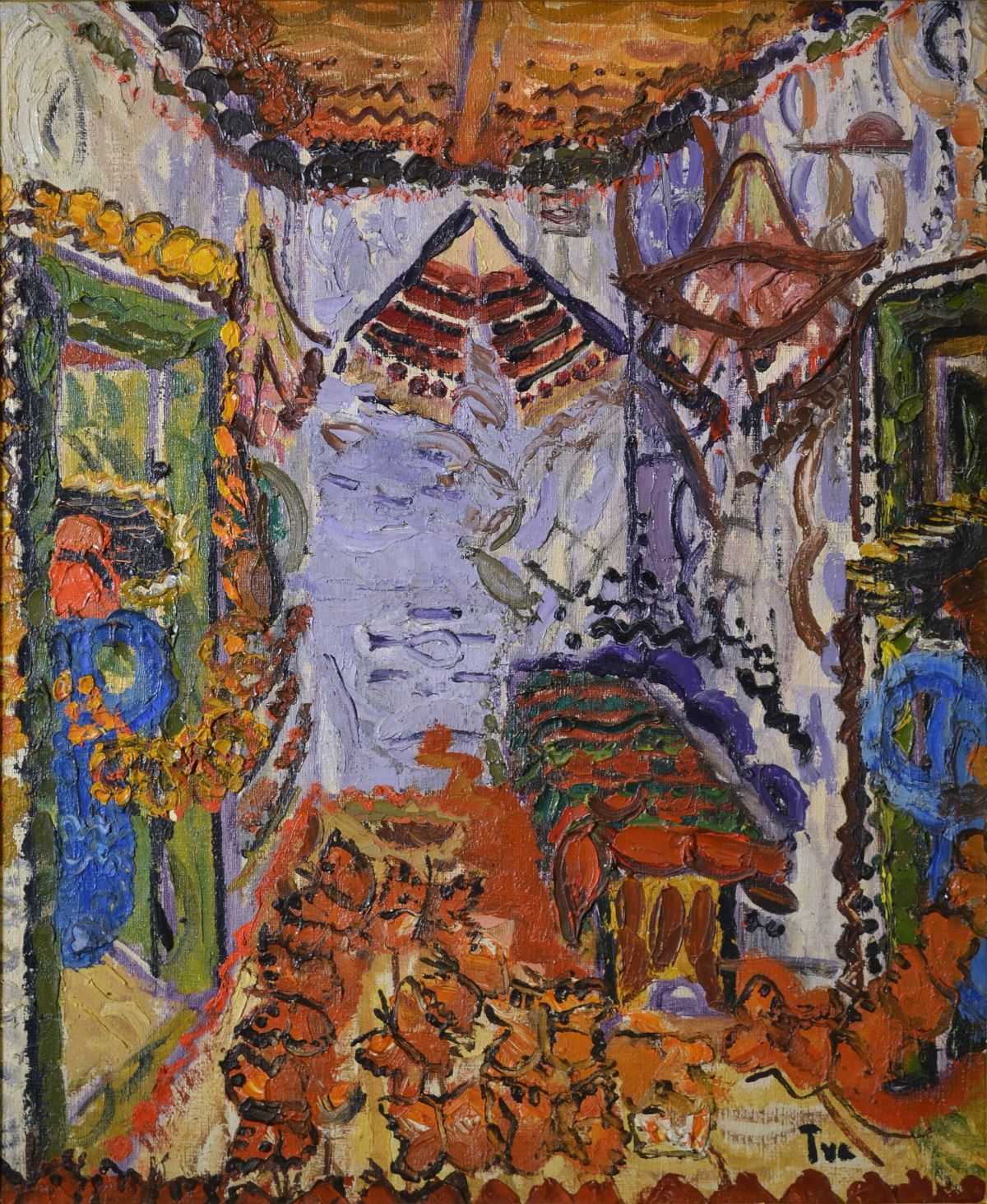Adamclisi
Adamclisi is famous due to the monument built nearby by Roman emperor Trajan

Ștefan Baciu, 11.08.2018, 13:37
The place known as Adamclisi is in the highlands of Dobrogea, in the south east of Romania. It is famous due to the monument built nearby by Roman emperor Trajan, and by the remnants of the ancient fortification there. Both the monument and the fortification bear the same name in Latin, Tropaeum Traiani, closely tied to the transformation of Dacia into a Roman province after 106. In 1977 a museum was built here to house original artifacts from the monument. It was built by Emperor Trajan in memory of the soldiers who fought to conquer Dacia. We have more details from Mariana Petrut, a conservation expert with the Adamclisi museum:
Mariana Petrut: “Emperor Trajan ordered a monument built on the site of the most important battle, in honor of victory. What the emperor wanted with the monument was to provide what can be described as a movie in stone of the battle between the Dacians and the Romans. The monument was built between 106 and 109 AD, but it could not withstand the centuries, and started to decay. The causes are unknown. We can only make suppositions at some earthquake in the past, or human intervention. What we do know is that in the 19th century archeologists started to research the monument systematically.
This monument was built two kilometers outside the walls of the fortification that the Romans built on the site of a former Dacian fortification. For six centuries after the end of the Dacian-Roman wars, the region prospered, and became a dynamic urban center in Dobrogea, reaching the status of Roman municipality. Its role is confirmed by the presence of the Tropaeum Traiani monument, with its iconic cylindrical base and the cone roof with a two-faced human feature on top. It was 10 meters taller than Trajan’s Column in Rome, which shows the importance that the emperor attached to this monument, symbolic of Roman rule both north and south of the Danube. The project is believed to be the design of famous architect Apollodorus of Damascus, but the workers were soldiers and military engineers. In the 19th century, the ruins were researched mainly by archeologist Grigore Tocilescu.
Mariana Petrut: “In the 19th century, all that was left of the monument was its core. The stone blocks depicting the battle, placed on the outside of the monument, had fallen off, and were scattered around the core. They were largely recovered, part of them having been buried in the ground, or from the surface. Others were recovered from local peasants, who used them to build wells. They did not know the value of the monument, and used the stone where they needed it. However, archeologists managed to recover most of them, and take them to the local museum. Archeologist Grigore Tocilescu even managed to recover the dedication inscription. We have fragments of it in the museum. Based on this discovery we were able to establish that this was indeed the Tropaeum Traiani monument.
Archeological findings allowed experts to reconstitute the original aspect of the ancient monument. The stone blocks that were found show that the walls of the altar had carved into them the names of the Roman soldiers and their places of origin, and that, in addition to the altar, a mausoleum was erected behind it, about 50 meters away, the Mausoleum of the Roman General. Due to these discoveries, Tropaeum Traiani was inaugurated once again in 1977, along with the museum in the village of Adamclisi, housing the original pieces discovered starting in the 19th century, when the first archeological digs started.
(translated by: Calin Cotoiu)





























